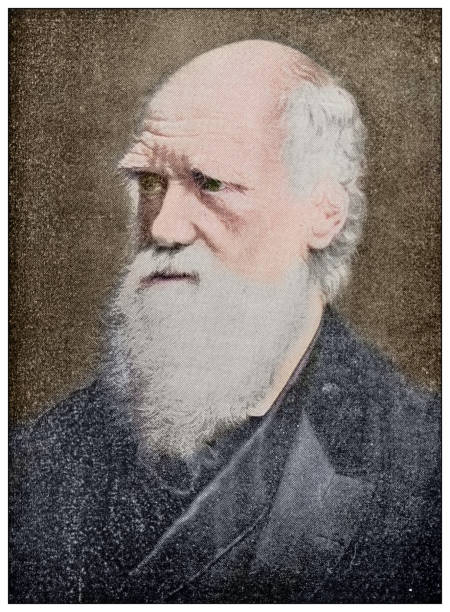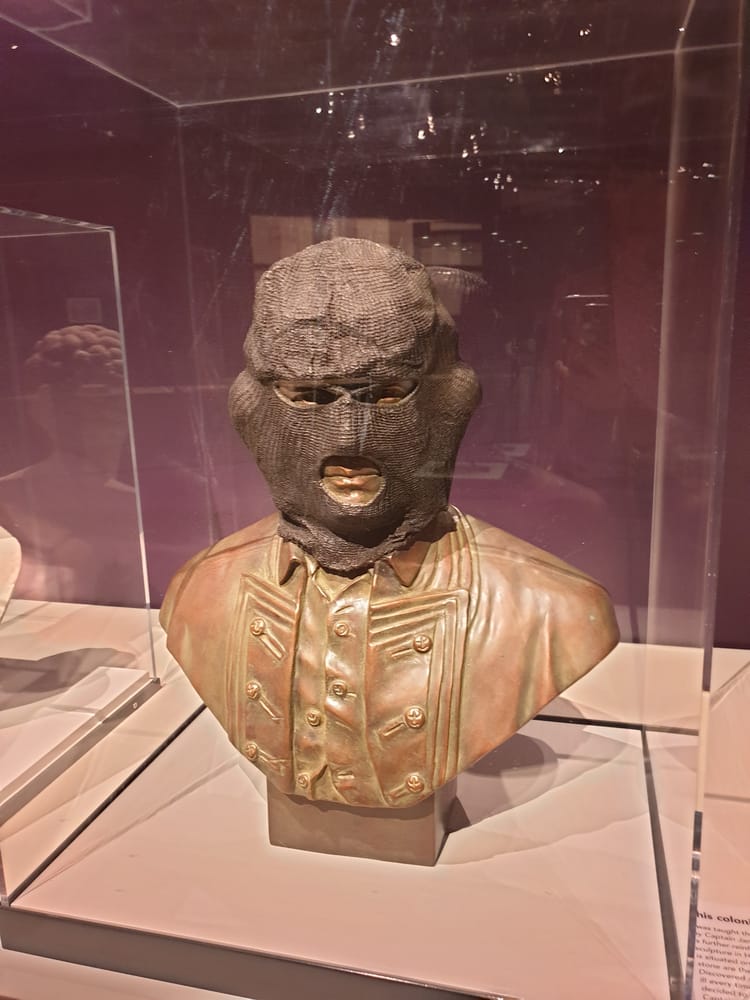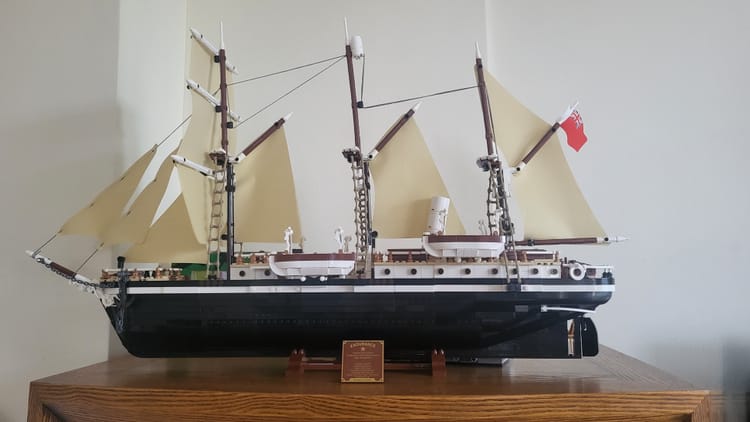From tiny cells to a colossal human: Charles Darwin’s Theory of Evolution

How on Earth did we appear? The answer to such an easy question is part of our common knowledge and the question appears numerous in school tests. Nevertheless, it was unable to be defined that simple in the 1800s. The typical answer to how we appeared - in that period - was often referenced to the Bible: God created us. Today, for starters, the answer to the question is doubtlessly evolution according to Charles Darwin. Of course, though, the Theory of Evolution and Charles Darwin is much more complicated.
Charles Darwin intended to study as a doctor (after his family) although prone to breakdowns at the sight of blood; he quit medical school and instead studied theology. Afterwards, Charles Darwin was recruited to HMS Beagle where he was commended to be a naturalist as he had much knowledge in nature. It is known he discovered 13 mammal species and collected more specimens. During the voyage, he landed on Galapagos Islands where he studied finches. He was fascinated by the fact these finches had distinct beaks for different purposes. He collected these birds and studied them, proposing the idea of evolution and natural selection.
Darwin’s Theory of Evolution is simple: all you need to understand it is the life cycle of a certain animal. First, the parents produce innumerable offspring so there is a better chance for at least one of the offspring to survive. Then comes natural selection. After the infants are born, each of them is either exposed or immune to a condition and dies - as they say, none of us is perfect. The remaining are the ones insusceptible in the habitat they are occupying. Next comes the mating between the remaining animals, ending in the fusing of the DNA to create a better baby version of themselves. When the finches arrived on the Galapagos Islands, they were dazzled by the immense amount of food: finch paradise. They exponentially increased in numbers leading to the scarcity of food. Thus, they evolved. Those who yielded sharp beaks dug for worms while the more rounded ones were used to break nuts and seeds. These are known as Darwin’s finches.

When Charles Darwin returned, he was renowned but one thing was irritating him: how was he going to release the facts about evolution to the public? The epoch in which Charles Darwin was living in - the 1800s - was a heyday for religion: even an indirect implication of rejecting God was considered traitorous and therefore declared a life sentence. Subsequently, he found a solution to this problem which included far more research and activity with some pigeons he kept at home - he carefully bred two pigeons and found out when he did this, the offspring would always look different. These findings supported his theory. After around 2 decades, Charles Darwin released his findings in a book which met accused blasphemy from certain members of the Church of England as it contradicted religious beliefs but otherwise was still a best-seller.
Charles Darwin is arguably as smart as a rocket scientist, having found many species of plants and animals while also discovering the Theory of Evolution, concluding animals evolve through natural selection. He has left a blazing trail behind, reminding us of the incredible achievements he has made in his life and the results of what could have happened without him - no other person could tinker with this trail. "A man who dares to waste one hour of time has not discovered the value of life."
P.S Charles Darwin's grandfather was the founder of Wedgewood!






Member discussion